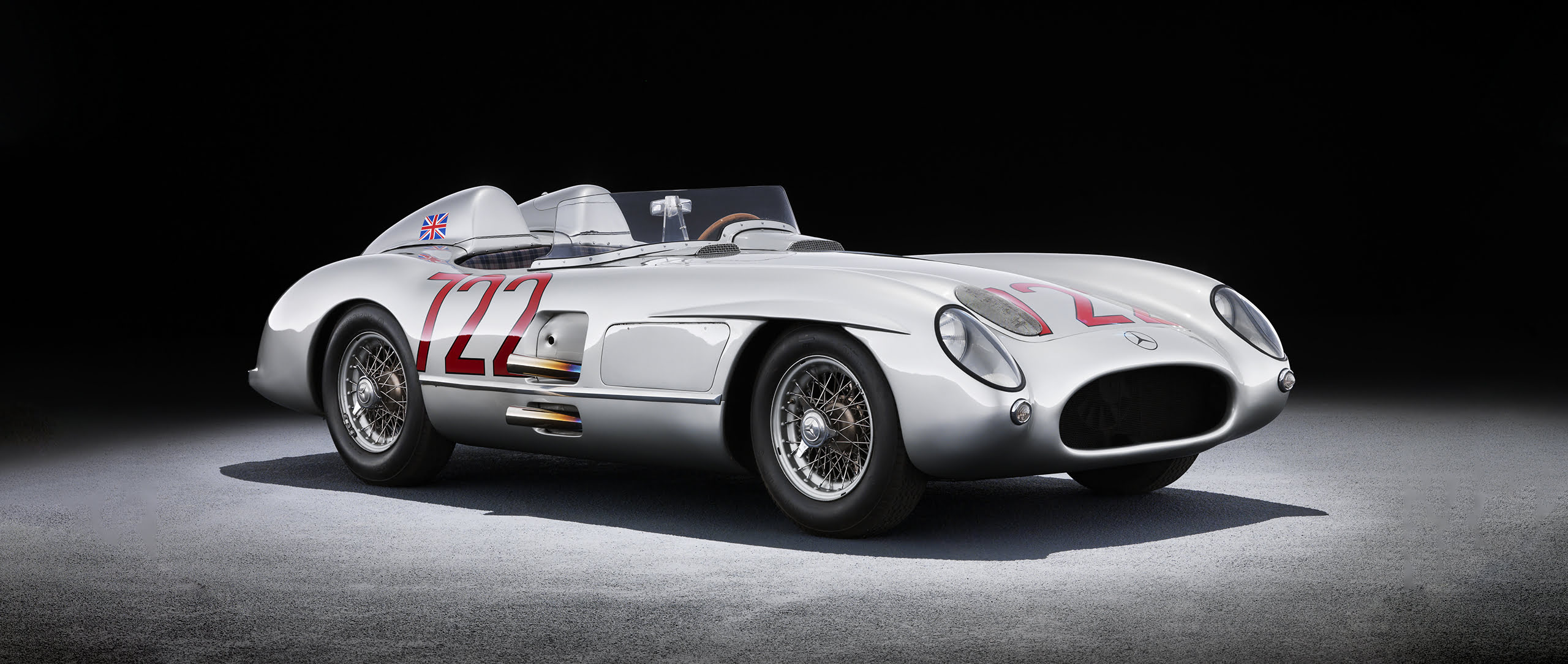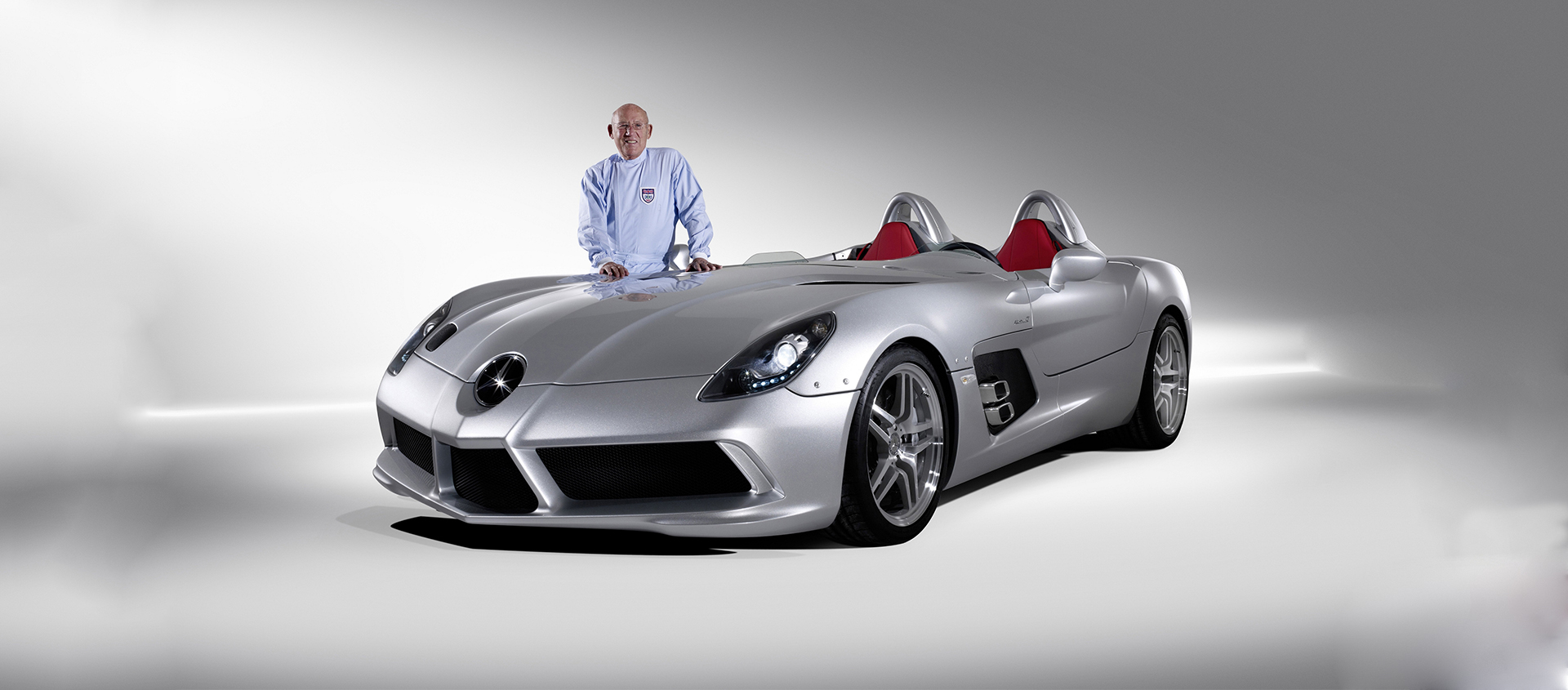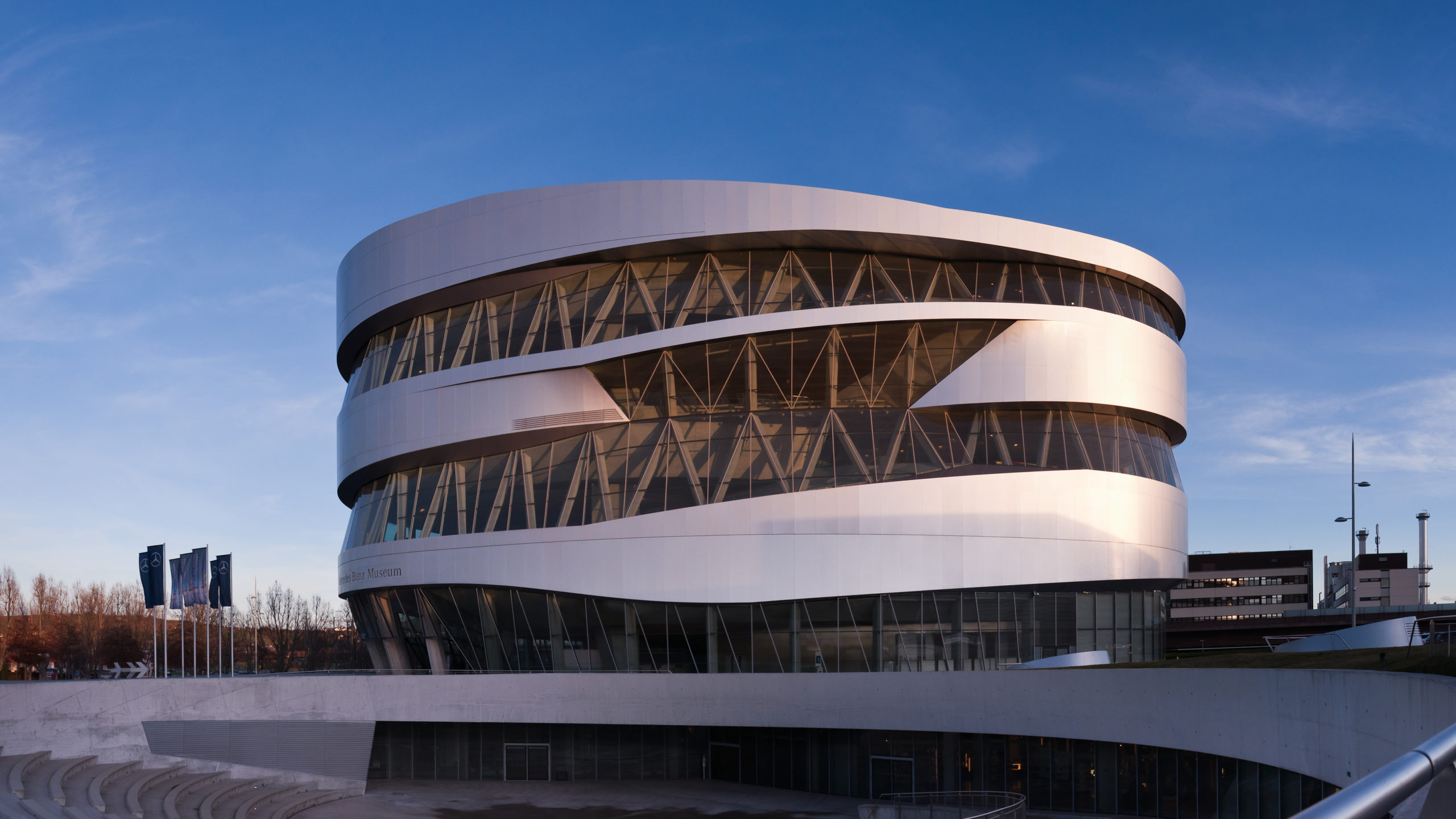The Tragic Queen
10 October 2020 1 min read 5 images

It is encouraging, when difficult times like this are upon us, to remind ourselves just how quickly we humans are capable of rediscovering the path of progress and well-being. In 1945, Germany was a pile of smouldering rubble. A mere ten years later, it dominated the circuits all over the world, both in Formula and sports categories, with cars so advanced they are extraordinary to this day. The first of these, in 1954, was the Formula 1 single-seater named W 196 made in both traditional, open-wheeled and faired versions. A year later came the sports car, with the 8-cylinder in line engine now enlarged from 2500cc to 3000cc.
Register to unlock this article
Signing up is free and gives you access to hundreds of articles and additional benefits. See what’s included in your free membership. See what's included in your free membership.
Already have an account? Log In



